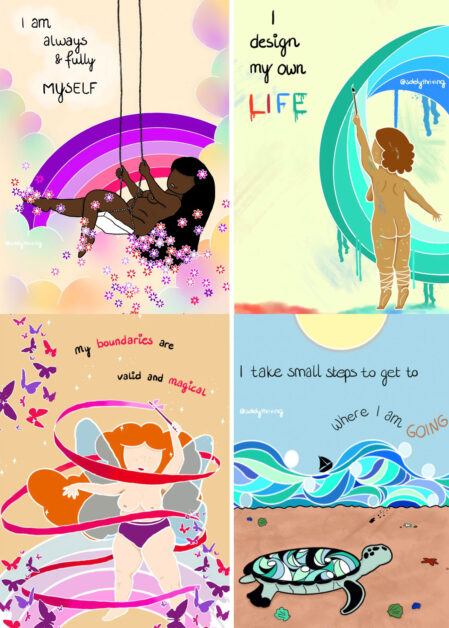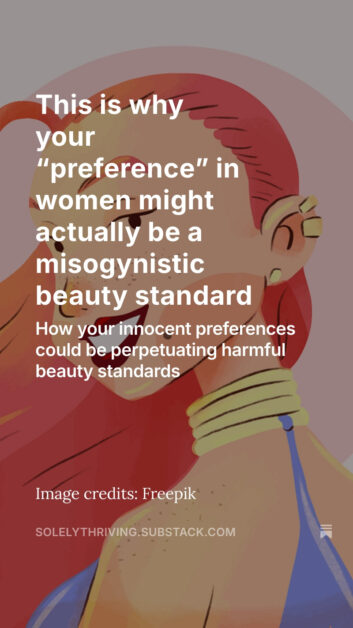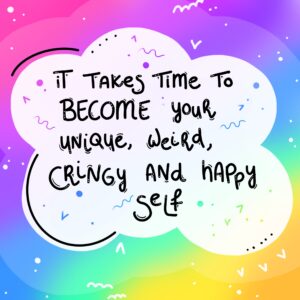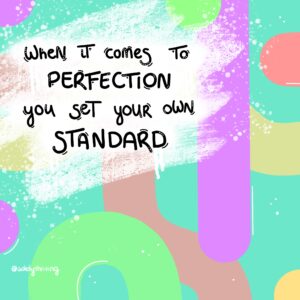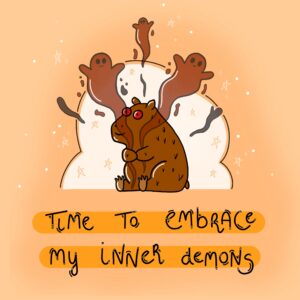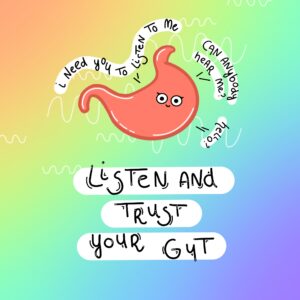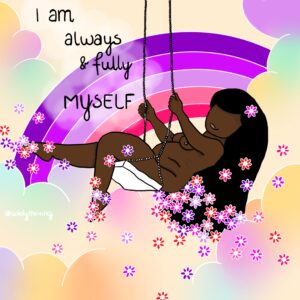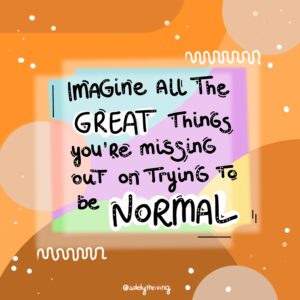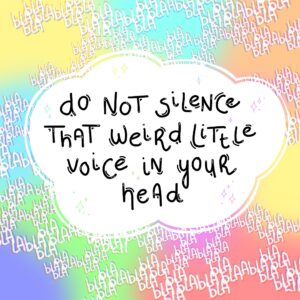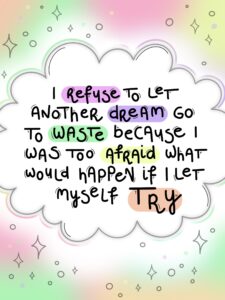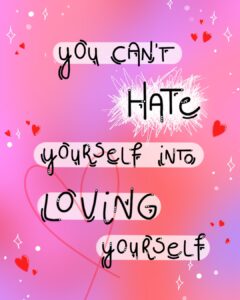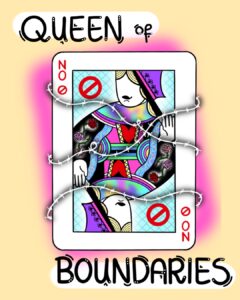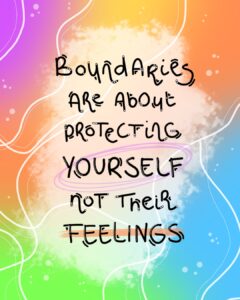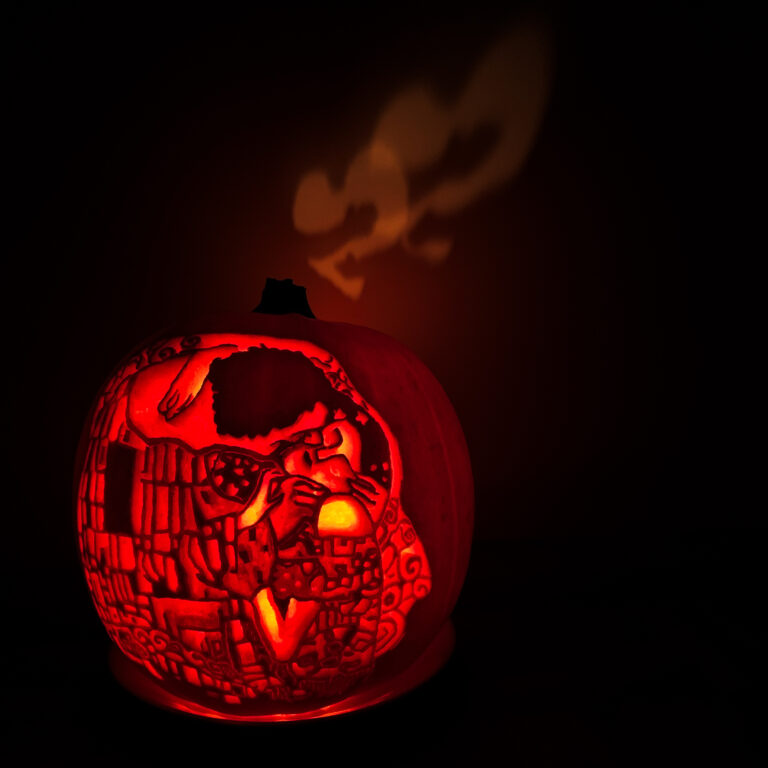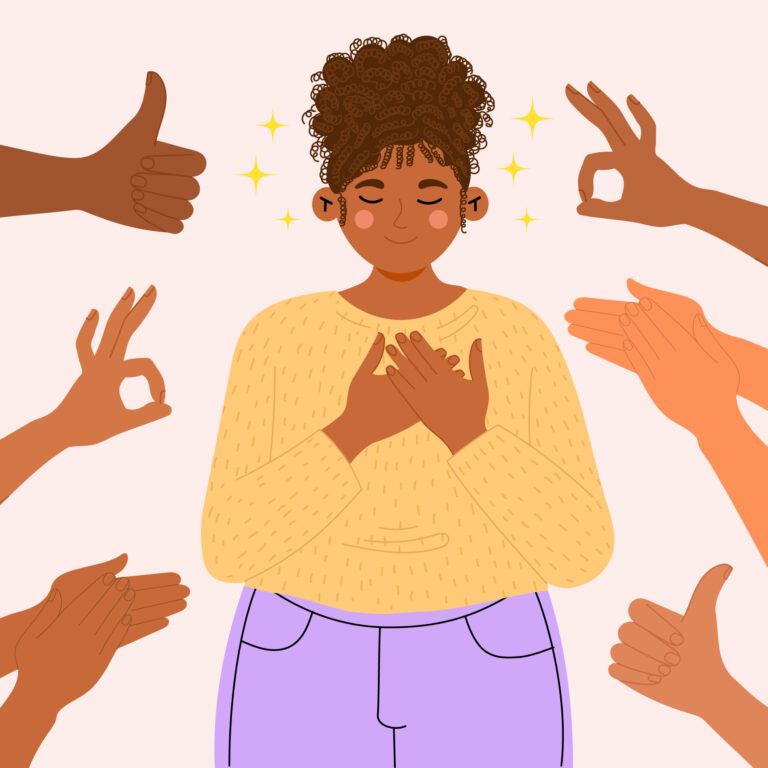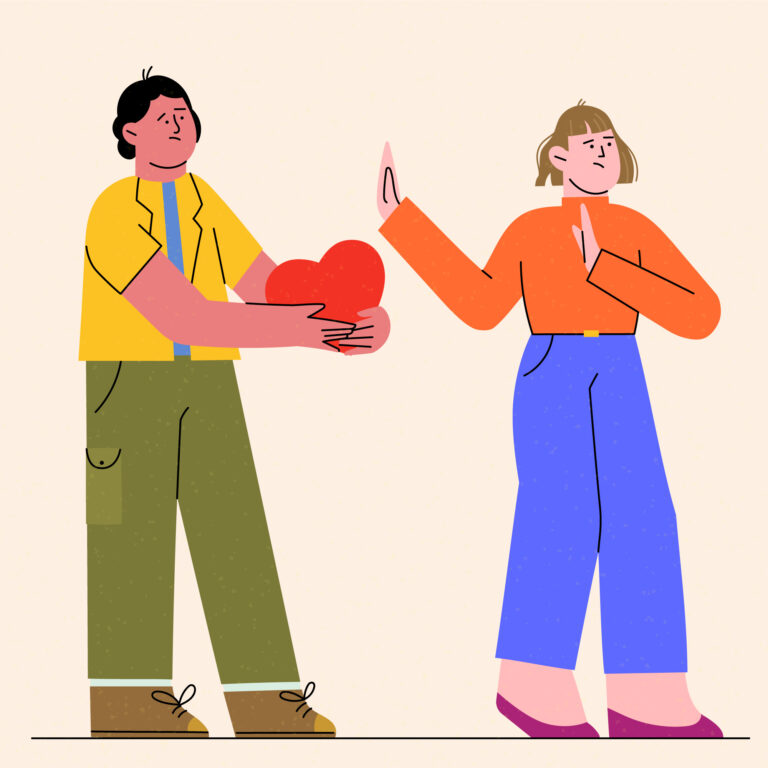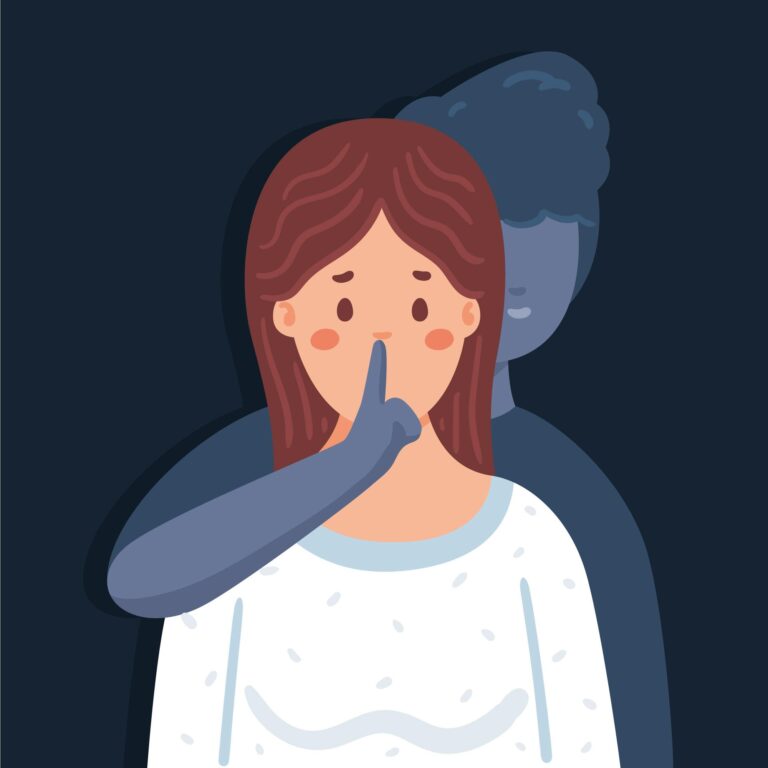Attachment in relationships: how to recognize your attachment style
Figure out your attachment style and have it influence your relationships in a good way
You have probably heard about attachment styles before. It might be one of those subjects that you sort of get but never fully understood. But I am here to change that. Because your attachment style plays such a big part in one of the most important aspects of our human lives: making social connections.
Your attachment style determines how you behave in the relationships you’re in, whether those are with your parents or family, your romantic partners or your friends.
So they’re a pretty big deal.
Time to finally understand exactly how attachment styles might be the reason why you’ve never felt like ‘relationship-material’.
Short summary for quick readers
- Attachment styles come from attachment theory; a psychological concept. Your attachment style is determined by the relationships you had with your primary caregivers.
- Attachment isn't just about whether or not you were abused or if your caregivers were nice to you. It's also about non-verbal signals and their attitude towards you.
- Technically, there are four styles of attachment but the fourth comes from deep trauma and should be discussed with a professional. The others are: secure, anxious and avoidant.
- Secure doesn't mean that you grew up in a perfect family. It just means that you grew up being able to trust your caregivers. Being securely attached means you feel comfortable in relationships and know how to communicate your needs and boundaries.
- Anxious people grew up with inconsistent parents. They feel insecure in relationships and need a lot of reassurance.
- Avoidant people had unreliable parents who let them down constantly. Avoidant people feel suffocated in relationships and don't let anyone get too close. They need to be in control and will disrupt the relationships when it gets too serious.
- If you're not sure what attachment style fits you, you can take a quiz to figure it out. You're never just fully one style. You just tend to lean towards one more than the others.
- Figuring out your attachment style can help with figuring out your specific needs in a relationship and communicating them. It can also help spot toxic patterns. Like how anxious people tend to date avoidant ones for the push-pull dynamic.
* Free wallpaper download * Free wallpaper download * Free wallpaper download
* Free wallpaper download * Free wallpaper download * Free wallpaper download
WHAT ARE ATTACHMENT STYLES?
Attachment styles come from attachment theory; a big deal in psychology. Attachment theory has been around for a long time and not to get too much into details but it basically means that the relationship you had with your parents growing up influences the relationships you have as an adult.
Which makes sense if you think about it: the first people that you’re supposed to trust, completely hold the fate of all your future relationships in their hands.
*But definitely no pressure, parents.*
The theory states that parents are supposed to give their child feelings of comfort, support, unconditional love, and all those good things. So, if your parents told you that they loved you all the time, you’re in the clear right?
Wellll…. That’s unfortunately not how it works.
It is also about attitude, expressions, vibes, you know: the nonverbal stuff. If your parents told you they loved you but always dismissed you when you cried, it might’ve messed with your attachment.
DIFFERENT KINDS OF ATTACHMENT STYLES
Officially there are four styles of attachment; one that is sort of not messed up and three that are kind of messed up. We’ll only discuss three of styles right now, the fourth one being one that you really should talk to a therapist about. Because that one is believed to be caused by childhood trauma or abuse. And even though I really would love to help everyone and anyone and I am officially a therapist, I would never claim to be able to give you the same help through this blog as a professional could in real life. So for now, we’re just going to talk about the secure, anxious and avoidant attachment style.
Although all styles are completely fine and ‘relationship-material’ (whatever that means), it might be helpful to figure out which of the three styles you have. Because that could significantly improve your current and future relationships.
THE SECURE ONE
The most, ehm, secure attachment style to have, is the secure attachment style. This means that your parents really came through for you. They provided you with a safe environment, were empathic towards you and respected your feelings. They listened, provided boundaries and made you feel like you could really trust them.
Your parents are pretty cool!
Were they perfect all the time? Of course not. They have probably yelled at you, lost their cool, hated your guts for a second or two, felt overwhelmed because of you and googled ‘how to make a child shut the F up’ once or twice a week.
A secure attachment style isn’t about the perfect picket fence family where dad only smiles and wears polos in weird colors while mom spends all day cleaning her kitchen (how could anyone be secure in a hellscape like that?). Just like having an insecure style doesn’t require a family of unhinged meth addicts.
There are no stereotypes when it comes to attachment.
If you’re securely attached, you’d basically be a walking green flag. You don’t want to play games, know how to communicate your needs and set boundaries while also respecting other people doing the same. You don’t need outside validation as much – although it’s always nice to get it. A secure person can feel perfectly happy in a relationship without needing drama or other external things to keep them entertained.
THE ANXIOUS ATTACHMENT STYLE
Parents who raised an anxious child were inconsistent in their way of responding to the child. They might not always have had time for you and that meant that they sometimes comforted you and sometimes they dismissed you. You never knew how they were going to respond and that is why interactions with them (and others) made you nervous.
Kids who developed an anxious attachment style were probably rejected a lot, or neglected, even.
Sometimes your parents were there, sometimes they weren’t. And sometimes they were there but didn’t give you that feeling of safety or security that you desperately needed.
It influences your childhood and your adulthood in a big way. It did for me, at least.
Someone with an anxious attachment style feels insecure and unsure a lot. You want your partner to be there for you and if you could, you’d actually want them to be on the pone 24/7 just so you can be sure that they won’t betray you.
An anxious person really needs reassurance 100% of the time and this can, unsurprisingly, make your partner resent you. Cause you are claiming time that isn’t yours to claim, just to quiet the little doubtful voices in your head.
AVOIDANT ATTACHMENT
Children who are not secure or anxious could be avoidant.
Were your parents emotionally unavailable or did they constantly dismiss your needs? Then you might have developed an avoidant attachment style. You learned early on that you could only rely on yourself because your parents sure as hell weren’t reliable.
They weren’t necessarily mean or abusive (although they could have been, of course) but they were just not equipped with the emotional maturity to provide you with a safe space to grow.
And that left you with an avoidant attachment style.
Someone who is avoidantly attached will feel like they’re suffocating in a loving relationship. Especially when being with an anxious person. Which, for some reason, is the partner of choice for a lot of avoidant people.
People with this attachment style will push you away whenever you are getting too close. They’ll pick fights, start lashing out or basically stop responding to texts. When the relationship starts to move in a certain direction (a more serious one), they’ll find something wrong with it or tell you that you’re suffocating them.
By always being the one to call off the relationship, the avoidant person stays in control and doesn’t get hurt. Because they had one foot out the door this whole time.
THE BLAME GAME
It is very easy to read all of this and point a very blaming finger at the people who raised us that made us fit the different profiles. And in some cases that is completely justified.
But remember: nobody is perfect.
I like to believe that every parent constantly tries their best to do what is right according to them. A lot of people don’t know this stuff when they have a baby. Parent school doesn’t really exist, other than voluntary parentgroups or classes, and that means that everyone is just winging it.
If we assume the best in others that means that our parents – no matter how crappy they were at times – did do what they thought was best. Or what society deemed the ‘right’ way to raise a child (anyone remember when it was cool to bitch-slap your kids?).
And parenting is hard, man!
I only raised children from 9 to 5 during weekdays and I might have done some things that were definitely not the epitome of great parenting. Because we are also human beings with our own feelings and flaws. And that means that we sometimes lash out. We lose patience and yell something we shouldn’t. We say things out of spite and feel guilty afterwards.
Parenting is freakin’ hard and anyone who says it’s not is not doing it right (is it just me, or is it only men who make these ludicrous statements?).
WHAT ATTACHMENT STYLE ARE YOU?
There are a lot of quizzes out there to help you determine this and I don’t think it would be wrong to try one so I found one that uses some (if not all) of the scientific questions related to attachment style research. You can find the test here. It might not be flawless but it will definitely give you some indication as to what your attachment style is. And – the best part – it is free (you could pay for a more elaborate report but honestly, who has the time or the money?).
The thing to keep in mind is: you’re never 100% one attachment style.
So if you’re reading this, filling out the quiz, and then feel like it could go either way, then you are right. Nobody is completely anxious or avoidant. And secure people aren’t always a hundred percent cool. My partner is secure but he doesn’t always have his shit together. I am anxious but I also have avoidant traits (I really really love my own space. Like LOVE it). We’re usually a mix of all. Maybe you’re a little bit of anxious with a splash of avoidance and a dazzle of secure.
That makes you your own unique person with the behavior to match that extraordinary personality of yours. Attachment styles are not a one size fits all-type of thing. And when you currently are one, it doesn’t mean you could never become another.
I KNOW MY ATTACHMENT STYLE. NOW WHAT?
After you have successfully figured out your attachment style, you might be wondering how it will help you in your relationships. First of all: knowledge is power. And that means that when you recognize yourself in one of the attachment profiles, you have learned a little more about yourself and the way you might be sabotaging your own relationships.
Because when you know and recognize the behaviors that fit your avoidant or anxious attachment style, you can also discuss the behavior with your partner and figure out the next step for you. My blog about boundaries might actually help you with setting expectations and asking for things that you need.
If you’re an anxious person who keeps falling for avoidant types (or the other way around), you might want to dig deeper to find out why that is. Because the worst combination ís the anxious-avoidant relationship; a push and pull that just keeps going and will definitely stress you both out.
Our brains love doing things that are familiar and that is why I, as an anxious person, always wanted to date avoidant people who basically shut me out at every turn. It confirmed what I knew: that I wasn’t a great person to be with and that everyone will eventually leave me.
Even shitty thoughts can be comforting when we’ve heard them enough times before.
LOVE BETTER – WITH HEALTHY ATTACHMENT
When you know your attachment style, you know what you need in a relationship to make it work. And as soon as you’ve read my blog about communication (right HERE), you’ll know how to ask for it – as long as it’s a fair thing to ask, of course (refer back to my blog about boundaries).
So if you’re anxious, you might need a little more reassurance from your partner until you actually feel more comfortable and learn to trust them.
Cause ultimately, that is the goal.
When we understand our attachment style and know what we need in order to work towards a more secure attachment, we eventually become more secure ourselves and learn how to love ourselves – and others – better.
And to finally live a life free of all the fears given to us during childhood, seems like the ultimate goal. Because that is what we need in order to live a happy and secure life with the people we love and who will definitely, securely, love us.
Cause we deserve it.


